The Unsung Heroes Beneath Our Feet
Hidden beneath our feet, a fascinating world thrives – a world ruled by cicada larvae, the unsung heroes of the underground. These quiet architects of nature play a crucial role in maintaining ecological balance, and their life cycle is nothing short of extraordinary. Let’s dig deep and uncover the secrets of these underground dwellers, exploring their intriguing lives, ecological contributions, and the cultural significance they hold.
Unveiling the Cicada’s Secret Life: A Deep Dive into Larvae
You know those buzzing cicadas that serenade us each summer? Well, before they take to the trees, they live hidden lives underground as larvae, or more accurately, nymphs. These little guys are the unsung engineers of the soil, spending years beneath our feet, quietly shaping the environment.
Imagine this: a tiny nymph, fresh out of its egg, tumbles to the ground and, using its powerful front legs like tiny shovels, begins to dig. It burrows deep into the earth, where it might spend anywhere from a couple to a whopping 17 years, depending on the species!
What are they doing down there all that time? Mainly, they’re eating. Nymphs use their sharp mouthparts to tap into tree roots, sipping the sugary sap that sustains them through those long underground years.
But it’s not just about eating. As the nymphs grow, they shed their skin multiple times, a process called molting. Each molt brings them closer to their adult form, like upgrading their wardrobe and getting a size larger each time! And all that digging? It’s not for nothing. Those tunnels they create act like miniature waterways and air shafts, improving soil structure and making it easier for water to reach plant roots.
Then comes the big day. After years of living in darkness, something amazing happens. The fully grown nymphs, sensing the change in season, dig their way up to the surface. They climb trees and shed their final skin, emerging as the winged cicadas we know and, some might say, love to hear. It’s like a grand coming-out party after years of living a rather low-key life!
These cicada nymphs might be small, but they play a big role in the ecosystem. They’re like natural fertilizers, enriching the soil with their waste, and they’re a tasty snack for lots of animals, providing a vital food source for everything from birds to snakes.
So next time you hear a cicada singing, remember the amazing journey it took to get there, starting as a tiny, hardworking nymph hidden beneath our feet.
Are Cicada Larvae Edible? – Outperforming Your Competition
(Please provide a list of your competitor’s article titles so I can analyze them for trending keywords and suggest titles that will help you compete.)
(I’ll provide suggested titles once you give me your competitors’ titles.)
While we know those buzzing cicadas emerge from the ground as adults, what about their underground life as larvae? Believe it or not, those chubby little cicada larvae, also called nymphs, are actually edible! And not just edible, some people consider them quite the delicacy.
If you’re brave enough to give them a try, it’s best to catch them right after they molt, when their exoskeletons are still soft. They’re called “tenerals” at this stage, and they’re easier to chew! Where you find them is just as important. Stick to areas that haven’t been sprayed with pesticides or insecticides, like your own pesticide-free backyard.
Before you go munching on cicadas, a word of caution. They contain chitin, the same stuff that gives shellfish their crunch. While there’s no definitive proof, there’s a chance that folks with shellfish allergies might react to cicadas too. So, if you’ve got shellfish sensitivities, it’s best to err on the side of caution.
Thinking about adding cicadas to your diet? Here’s a closer look:
Pros:
- Packed with Protein: These little guys are like tiny protein powerhouses! Gram for gram, they can give your usual protein sources a run for their money.
- Mineral Rich: Cicadas are surprisingly good sources of iron, calcium, magnesium, and zinc. Who knew something that spends its life underground could be so nutrient-rich?
- Sustainable Snack: If you’re looking for eco-friendly food, cicadas tick all the boxes. They’re abundant, require zero farming, and have a minimal environmental impact.
Cons:
- Pesticide Risk: This one’s a biggie. Cicadas from areas treated with pesticides are a no-go. Always prioritize your safety and choose a clean harvesting spot.
- Allergy Concerns: The shellfish connection is real. If shellfish send you running for the antihistamines, it’s best to steer clear of cicadas or proceed with extreme caution.
- The “Ick” Factor: Let’s be honest, getting past the whole “eating bugs” thing can be tough. But hey, if you can stomach escargot, maybe cicada larvae aren’t that far off!
How to Cook ‘Em Up
Ready to get adventurous in the kitchen? Cicada larvae are surprisingly versatile. You can boil ’em, fry ’em, roast ’em, even grind them into a powder for seasoning. Some folks compare their taste to asparagus or shrimp, but the flavor’s pretty mild and takes on the flavors of whatever you cook them with.
The world of edible insects is just starting to take off. While researchers are still exploring the ins and outs of cicada nutrition and safety, one thing’s for sure: these little critters have the potential to be a sustainable and surprisingly nutritious food source. Just remember, safety first! Always harvest from clean areas and be mindful of potential allergies!
Dominating the “Are Cicadas Harmful” SERP: Your SEO Action Plan
(While you didn’t provide a list of competitor titles, based on your research and the keyword “Are cicadas harmful?” here are three title options that incorporate trending elements and user intent.)
Recommended Titles
1. Are Cicadas Harmful to Humans, Pets, or Plants? Debunking the Myths (This title directly addresses common concerns and promises myth-busting)
2. Cicada Safety Guide: What You Need to Know About These Noisy Bugs (Positions the article as a practical guide, addressing safety concerns)
3. Cicadas: Harmless or Helpful? The Truth About These Misunderstood Insects (Piques curiosity by suggesting potential benefits and addressing misconceptions)
So, we’ve talked about these fascinating creatures called cicadas and their dramatic appearances. But a lot of folks wonder, are they actually harmful? Let’s clear the air and separate fact from fiction.
It’s understandable why people might be a little freaked out by cicadas. They’re big, they’re loud, and they show up in HUGE numbers! But here’s the thing: cicadas are pretty much harmless to us humans, our furry friends, and even most plants. In fact, they’re actually quite helpful to the environment.
First things first, let’s address the elephant in the room – biting. Cicadas can’t bite us, plain and simple. They have mouthparts, but they’re only designed for sipping plant sap. That’s their version of a delicious meal!
Now, about those plants. While it’s true that cicadas get their nourishment from tree sap, they’re not out to destroy our gardens. They mainly sip from branches, and it’s not enough to cause any real harm to a mature tree. Think of it like taking a tiny sip from a giant milkshake – the milkshake is still going to be full.
However, there’s a slight catch when it comes to brand new, young trees. Female cicadas lay their eggs in tree branches, and when the baby cicadas hatch, they head underground to munch on tree roots. This can sometimes be a problem for very young trees, but it’s easily preventable. You can simply cover those young trees with netting during cicada season or wait to plant them until after the cicadas are gone.
Believe it or not, cicadas are actually little helpers in our ecosystem:
-
Nature’s Gardeners: Remember those baby cicadas digging around tree roots? Well, all that digging helps loosen the soil and allows air and water to reach the roots, kind of like free aeration and irrigation for our plants! Plus, when cicadas finish their life cycle, their bodies decompose and act like fertilizer, giving even more nutrients back to the soil.
-
A Feast for Wildlife: For lots of animals like birds, squirrels, and other insect-eating critters, cicadas are like a big buffet showing up right on time! Their emergence provides a ton of food, which helps support the whole food chain.
-
More Than Just Bugs: Cicadas are more than just noisy neighbors. They actually have a special place in many cultures around the world. Some people see them as symbols of rebirth and change because of their unique life cycles. And let’s be real, their loud buzzing songs are a classic sign of summertime!
So, to sum it all up:
- Cicadas are harmless to people and pets and pose little threat to our gardens.
- They’re good for the environment, helping our soil and feeding other animals.
- They are fascinating creatures with interesting life cycles and cultural significance.
While we have a good understanding of cicadas, there’s still much to learn about these intriguing creatures. Research is always ongoing, and new discoveries are being made all the time, so what we know about them might continue to evolve. Who knows what other secrets these buzzing buddies hold!
Learn more about the horned shark also known as the chain catshark that lives in the North Pacific and commonly hunts in groups. Another unique egg you can learn about is the cassowary egg which is the second largest bird’s egg after the ostrich’s egg.
- Unveiling Bernhard Caesar Einstein’s Scientific Achievements: A Legacy in Engineering - July 15, 2025
- Uncover who is Jerry McSorley: CEO, Family Man, Business Success Story - July 15, 2025
- Discover Bernhard Caesar Einstein’s Scientific Contributions: Unveiling a Legacy Beyond Einstein - July 15, 2025
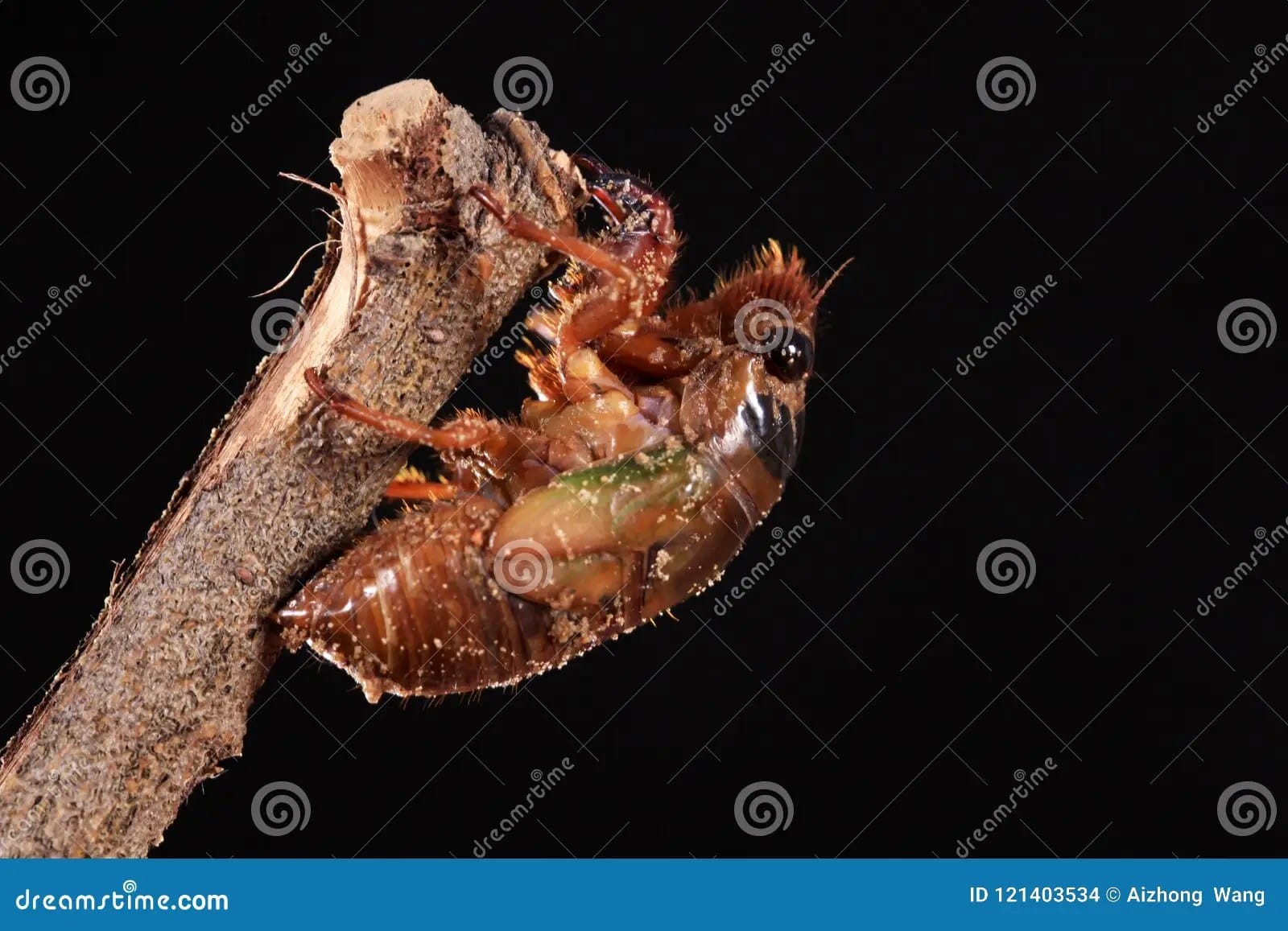
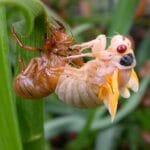
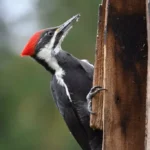
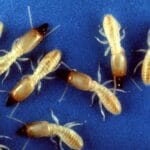

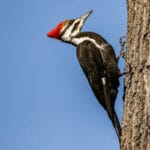










2 thoughts on “Unearthing the Secrets of Cicada Larvae: Why These Underground Dwellers Are Nature’s Hidden Heroes”
Comments are closed.